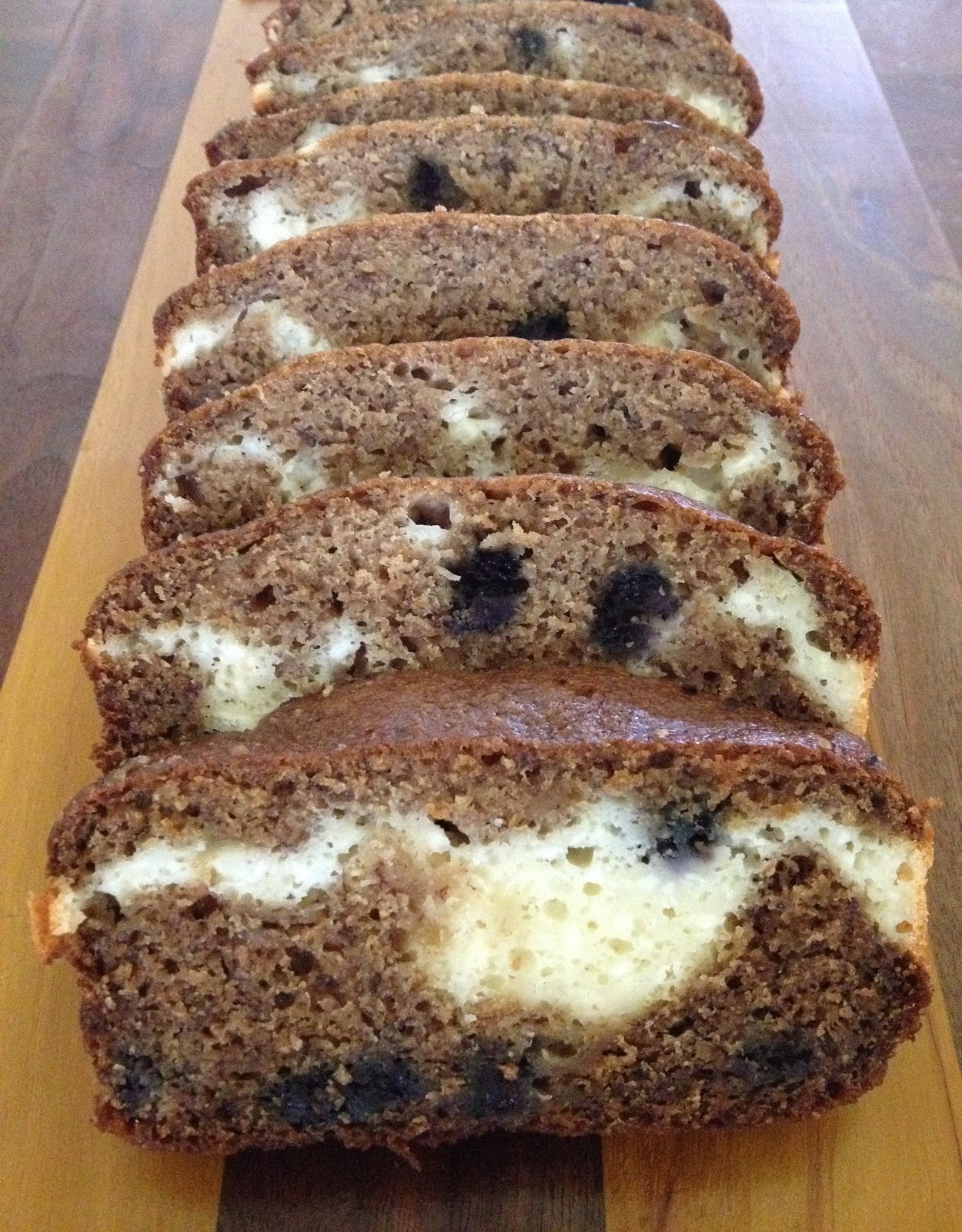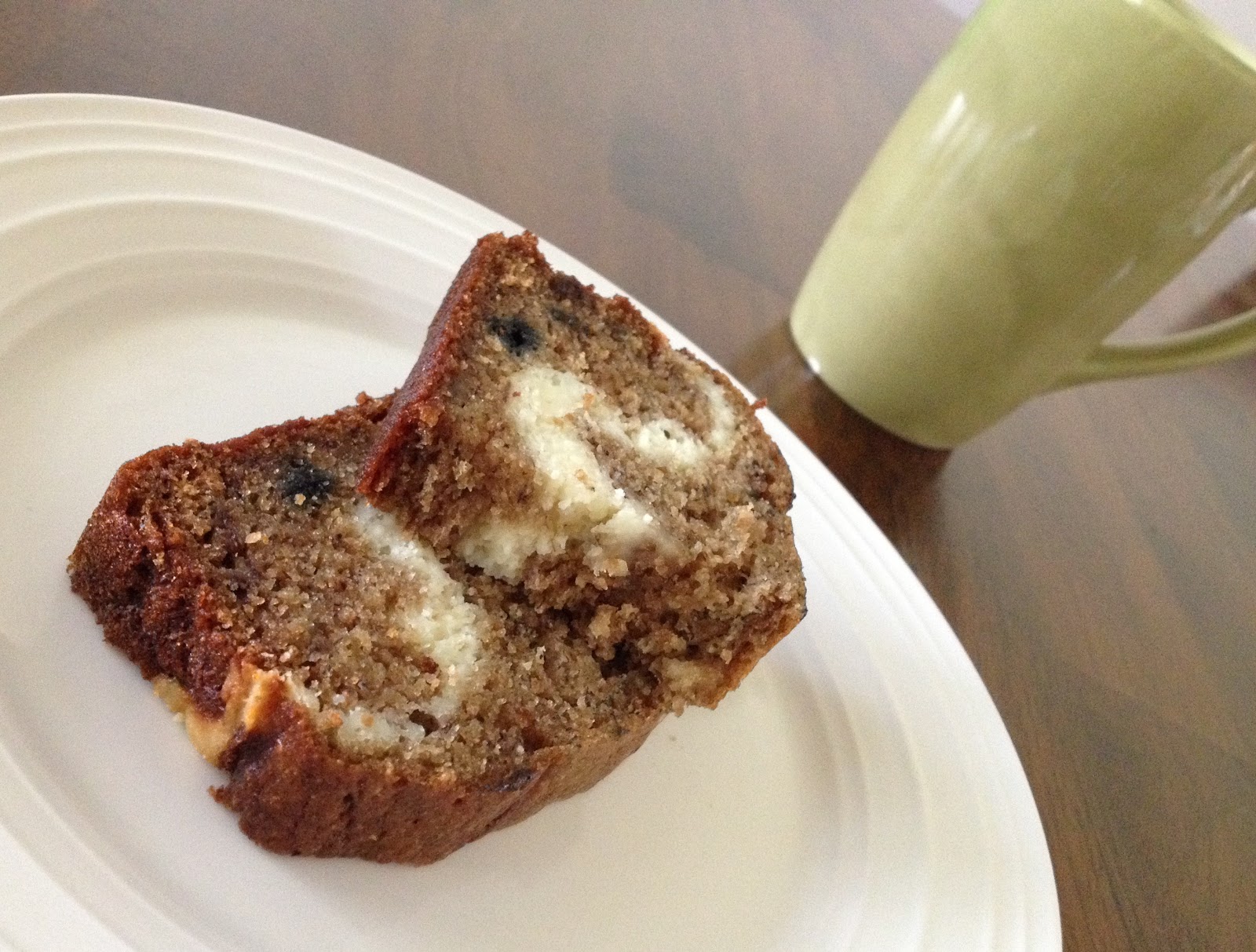Happy 100th post to The Cooks of Cake and Kindness! Fellow readers, it has been a pleasure sharing our culinary experiences with you. Thank you for reading, supporting us here and on Facebook, and for trying out our recipes and giving us feedback. Here’s a delicious cake to celebrate this milestone!
Figure 1: Vanilla cake with strawberries and beets; Cream cheese frosting dyed with beet juice;
Topped with sliced strawberries and chocolate lace
Given the title of the post and the “figure” notation, you might have noticed that this is not one of our typical recipe posts. Today we will share a technique instead of a recipe, along with the science behind it.
The Problem
Figure 2: Chocolate cake with tall dome
Most cakes will rise into a dome shape as they bake, and it’s wonderful to see a beautiful dome when baking cupcakes. However when baking a sheet cake or any cake that needs frosting, it’s not the most ideal characteristic. Especially when making a layered cake, you’d want to have nice flat cake layers. Unless the cake comes out flat from the oven, you’ll have to trim the tops to get even layers. Even though it’s fun to munch on the top that is cut off, or turn it into these delicious cake truffles, it is a pain to cut evenly, and it also makes frosting a little bit challenging with all those loose crumbs. So how can you ensure nice level cakes straight from the oven?
The Science
To get to that answer, let’s first understand the physics behind that dome. You’ve mixed your baking powder and/or baking soda well with the flour and your batter is nice and even in the pan. We also expect the oven temperature to be fairly even in the horizontal plane (especially if the cake pan is centered horizontally). There’s one thing that is not being controlled though - the temperature of the pan surface.
As the pan heats up, it transmits that heat to the batter immediately adjacent to the surface. Hence the batter near the edges of is pan gets hotter than the center, until it all reaches equilibrium eventually. That leads to the batter at the edges to bake quickly and set faster while the batter in the center continues to bake at a slower rate, giving more time for the baking powder, soda, eggs etc. to do what they’re supposed to - help the cake rise and become nice and fluffy. While that happens, the edges that are already done baking keep getting harder and harder. Moist insides with crispy edges may be divine for cookies and brownies, but not so much for cakes.

Figure 3: The science behind uneven cakes
What we want is for that moist fluffy texture of the cake center to extend to the edges instead of having those hard edges and a dome in the middle. That means we have to figure out a way to dissipate the heat evenly, and not let the pan surface heat up quicker than the batter in the center.
The Solution
There’s actually a pretty simple remedy that results in flat, evenly baked cakes every single time. That means no more trimming hard edges or the dome!
All you need is some thick cotton fabric (that you don’t care too much about), and a couple safety pins. The idea is to attach wet strips of fabric to the outside edge of the baking pan so that the pan edges don’t heat up as quickly. There are some fancy ones that you can buy, but a homemade fix with the cotton fabric (maybe even old pillowcases) comes at hardly any cost. Simply fold the thick cotton fabric lengthwise until the height matches the height of the baking pan.
Wet these fabric strips and wring them out just enough so that they’re not dripping. Attach the wet strips to the outside of the pan. Use safety pins to attach the strips to each other such that they are snug enough to not fall off.
Figure 4: Baking pans with and without wet sleeve, ready to be transferred to the oven
Bake the cake with the strips on. You can take them off after 25-30 minutes if you want to - by that time they’ve done their job. We have baked leaving the strips on for the entire time, and also taking them out after a half hour. The difference is that the latter gives a nice golden brown crust (without it being hard), which is best for cakes that may not be frosted or only frosted on top.
It takes a couple extra minutes before you start baking to get these strips on, but saves a lot of trouble later, and you get cakes that are nice and soft not just in the middle, but all the way to the edges.
Figure 5: Cakes baked with and without wet sleeve.
Figure 5 shows photographs of mini cakes baked in 4” diameter pans, where the cake baked without the sleeve has a dome on top and the cake baked with the sleeve is flat on top. The dome phenomenon is much more prominent in larger baking pans (as seen in Figure 2), as the heat dissipation is more uneven. But, with this trick up your sleeve, now you can (more) easily construct creations like this!
Figure 6: 100th blog post celebration cake
Happy baking!
~Gayatri & Karla
Like us on Facebook:

